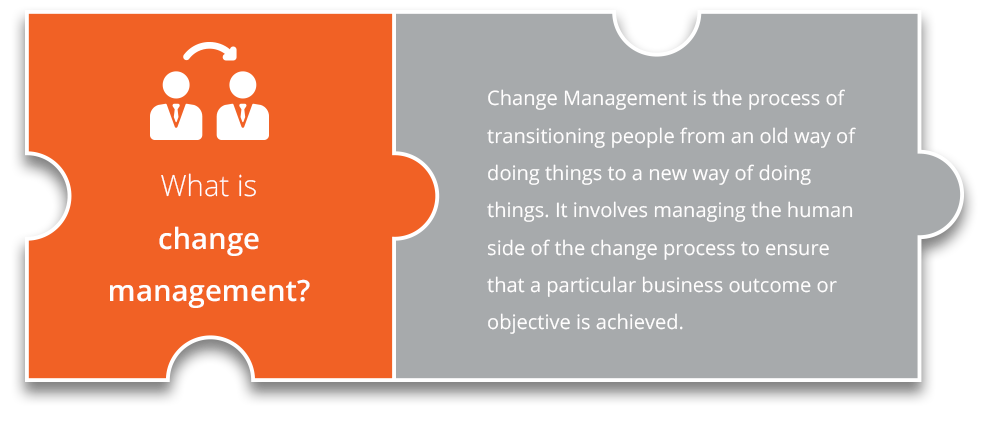
Many managers adopt short-term, quick fix solutions to organisational problems. Due to a lack of strategic planning, management often spend a lot of time “fighting fire with fire”. Quick fix solutions do not solve underlying problems and have very little staying power. Change is doomed from the start when this approach is adopted. Managers and researchers alike have tried to identify effective ways to manage the change process.
Many researchers advocate the use of a planned change program, comprising of a series of sequential steps. Although there is a lot of value in using the planned change approach, we should be careful not to overlook the context within which change is about to take place. In the first learning unit, mention has been made of Balogun & Hailey’s argument that organisational change has three components:
- The change context, which refers to the why of change;
- The change content, referring to the what of change; and
- The change process that refers to the how of change.
Their argument is that one cannot apply a formulaic approach to change, because a variety of organisational features need to be analysed in order to understand the context within which the change process should be designed and implemented.
They mention features such as the scope of change required, the time frame, the power of the change agent to effect change, the diversity within the workforce and the capability for change within the organisation. It is beneficial, however, to consider the traditional approaches to planned change.
Most recommended planned change processes include the following sequential steps:
- Assess changes in the environment.
- Determine the performance gap (gap between current state and desired future state).
- Diagnose organisational problems.
- Identify sources of resistance to change.
- Set objectives for the change effort.
- Search for change strategies/consider alternative change interventions.
- Implement the change.
- Follow up the change.